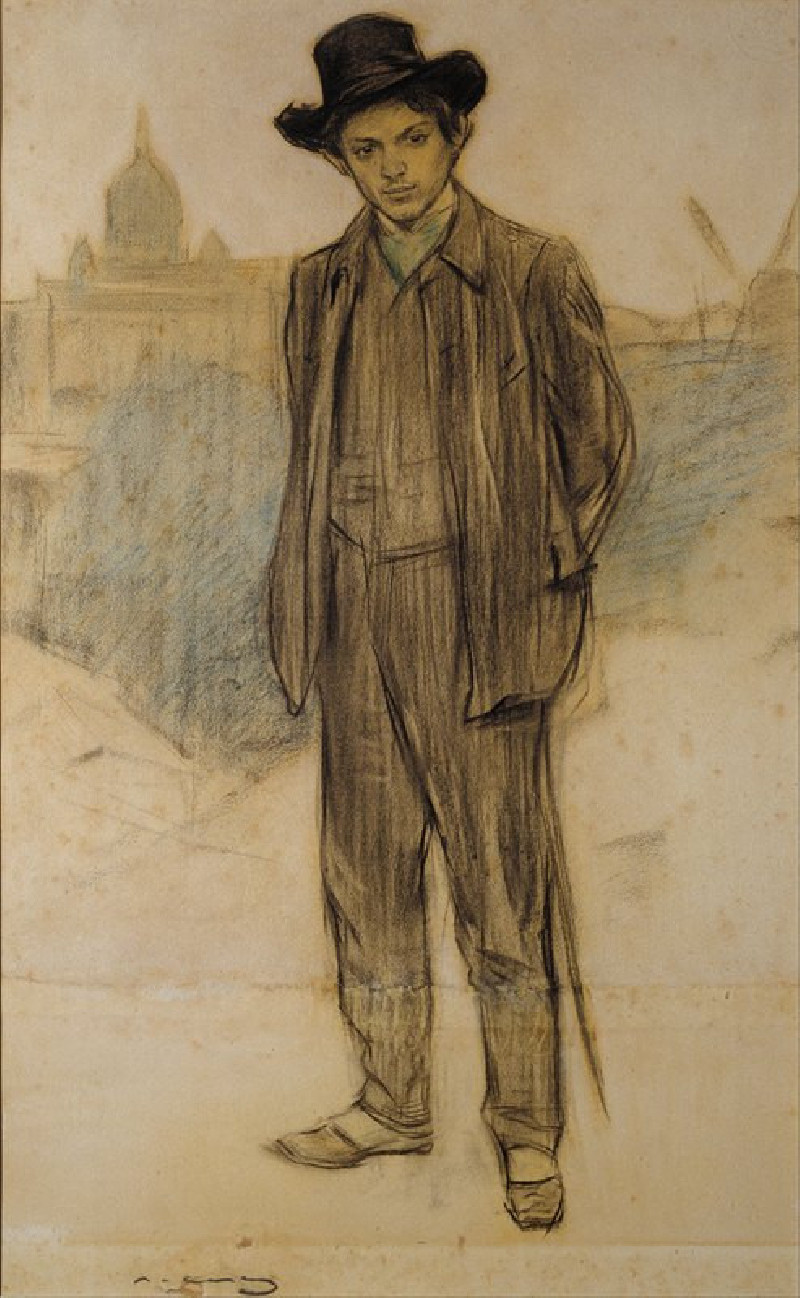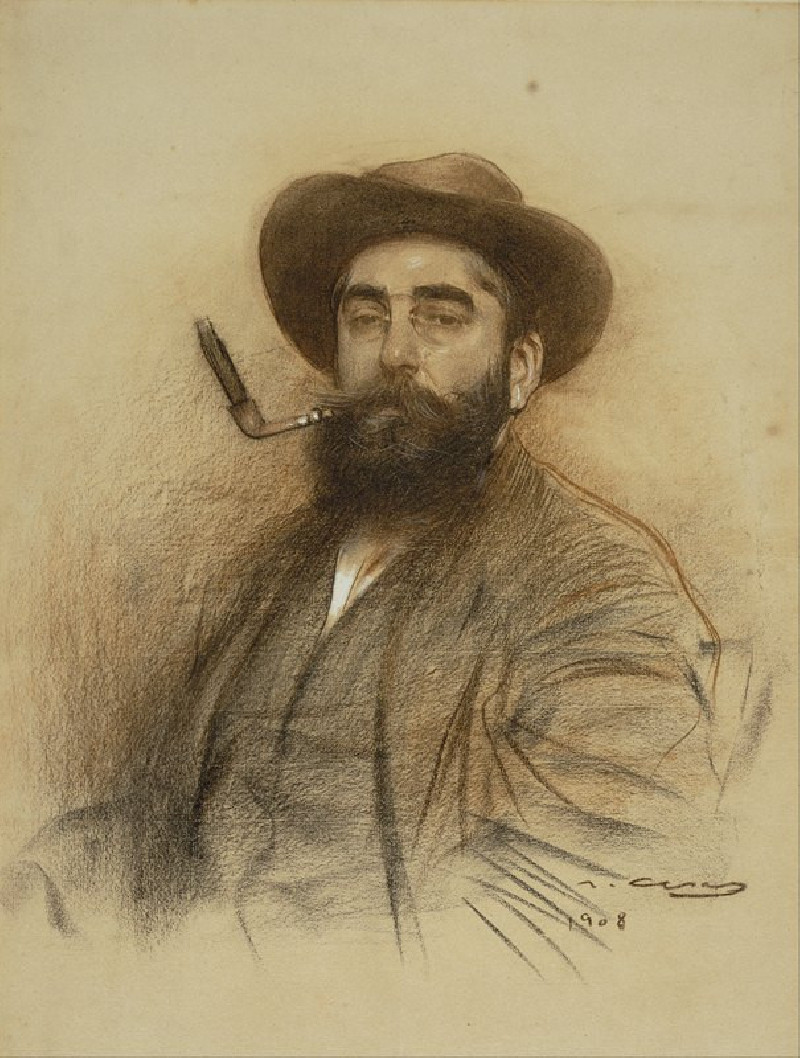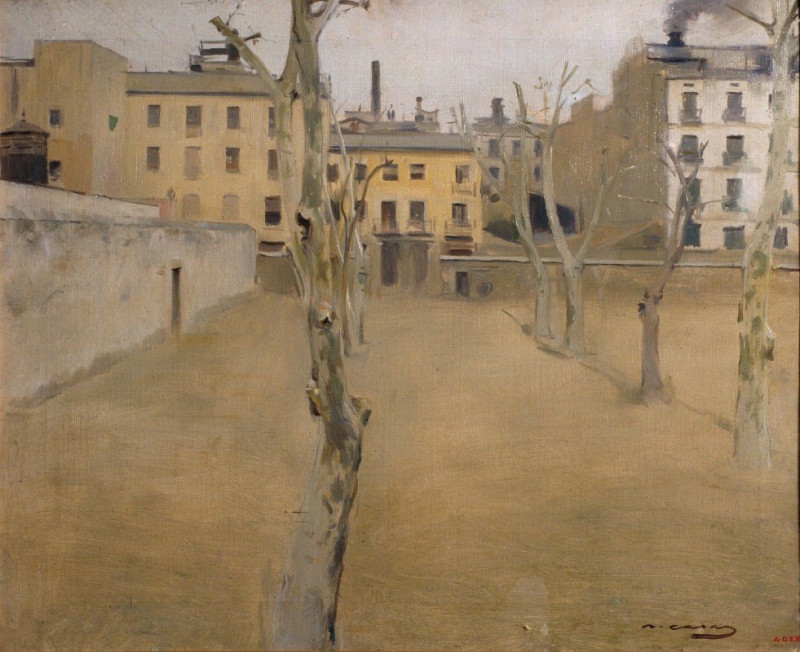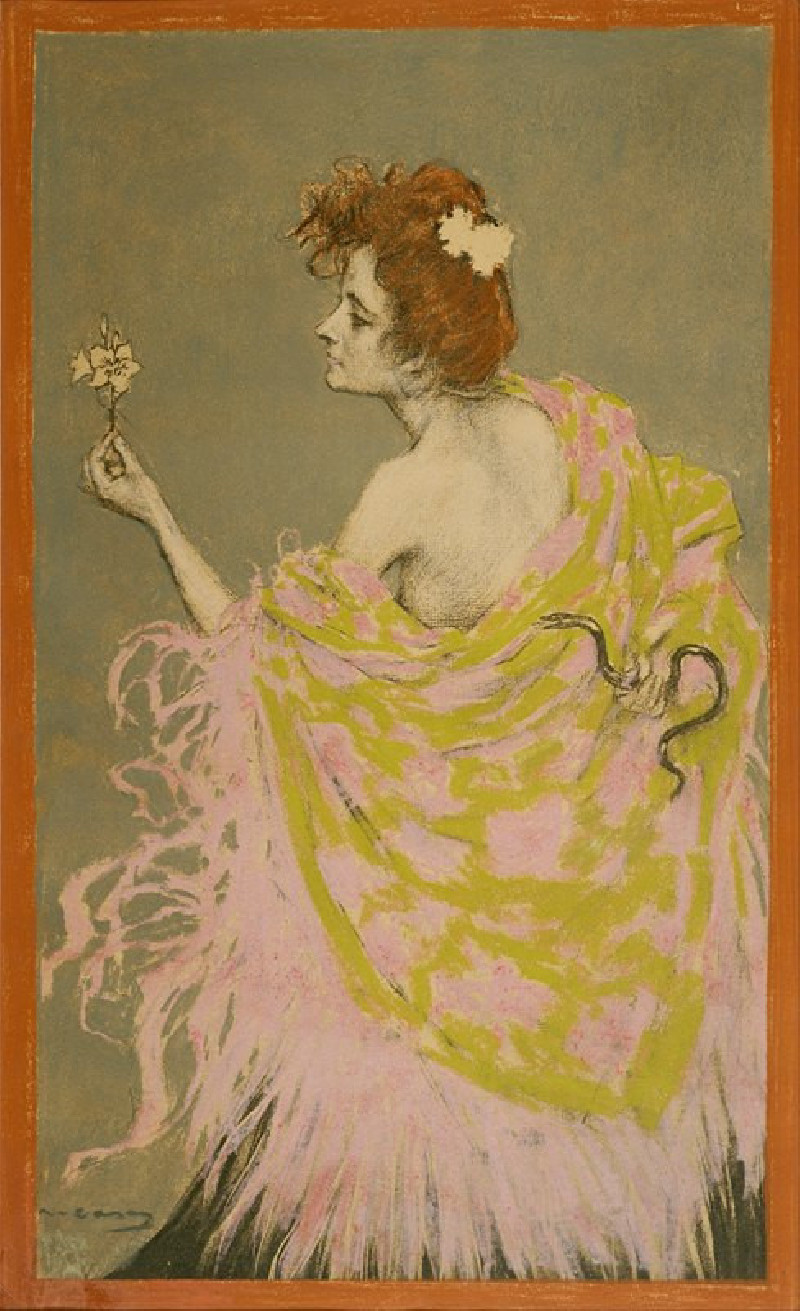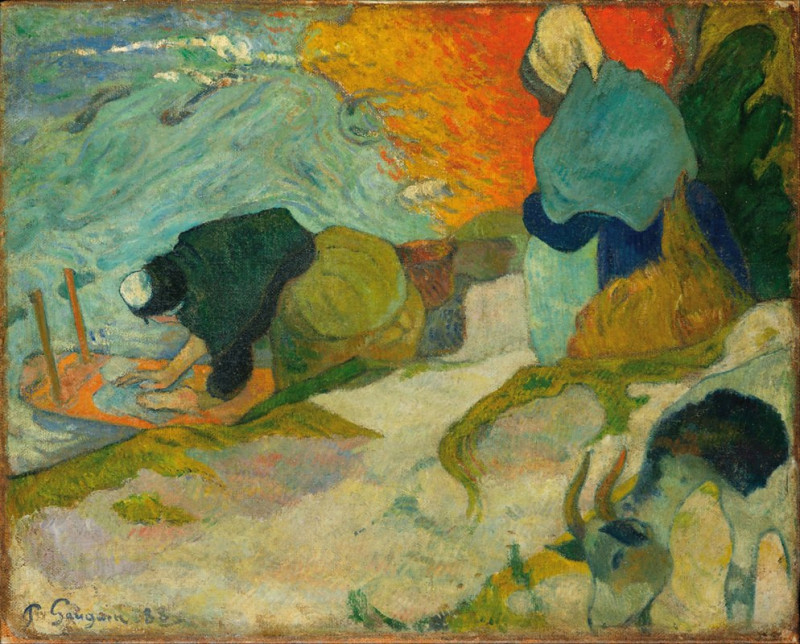Ramon Casas And Pere Romeu In An Automobile (1901)
Technique: Giclée quality print
Recommended by our customers
More about this artwork
"Ramon Casas and Pere Romeu in an Automobile" is a striking oil painting by the renowned Spanish artist Ramón Casas, completed in 1901. This painting vividly captures the essence of modernity and friendship, showcasing Casas himself and his friend Pere Romeu, the co-owner of the famous Els Quatre Gats café in Barcelona, on a daring ride in an early model of an automobile.The composition effectively conveys a sense of motion and the excitement of the new era of motor vehicles. Casas and Romeu are enveloped in luxurious furs, which highlight their status and the novelty of automobile travel at that time. The attention to detail in the depiction of the car, with its gleaming red and black colors, contrasting the muted background, draws the viewer's eyes directly to the subjects, emphasizing their forward movement against a dynamically brushed landscape.In the foreground, a small dog perched on the car adds a touch of whimsy and life, enhancing the overall narrative of adventure and companionship. In the distance, the glimpse of horses, possibly startled or curious about the automobile, serves as a reminder of the transition from traditional to modern modes of transport during this period.This painting is not just a portrayal of two friends enjoying a new technological advancement; it is also a document of social and cultural shifts, capturing a moment when the pace of life was accelerating towards the modern world.
Delivery
Returns
Ramon Casas i Carbó was a Catalan artist. Living through a turbulent time in the history of his native Barcelona, he was known as a portraitist, sketching and painting the intellectual, economic, and political elite of Barcelona, Paris, Madrid, and beyond. He was also known for his paintings of crowd scenes ranging from the audience at a bullfight to the assembly for an execution to rioters in the Barcelona streets (El garrot). Also a graphic designer, his posters and postcards helped to define the Catalan art movement known as modernisme.








